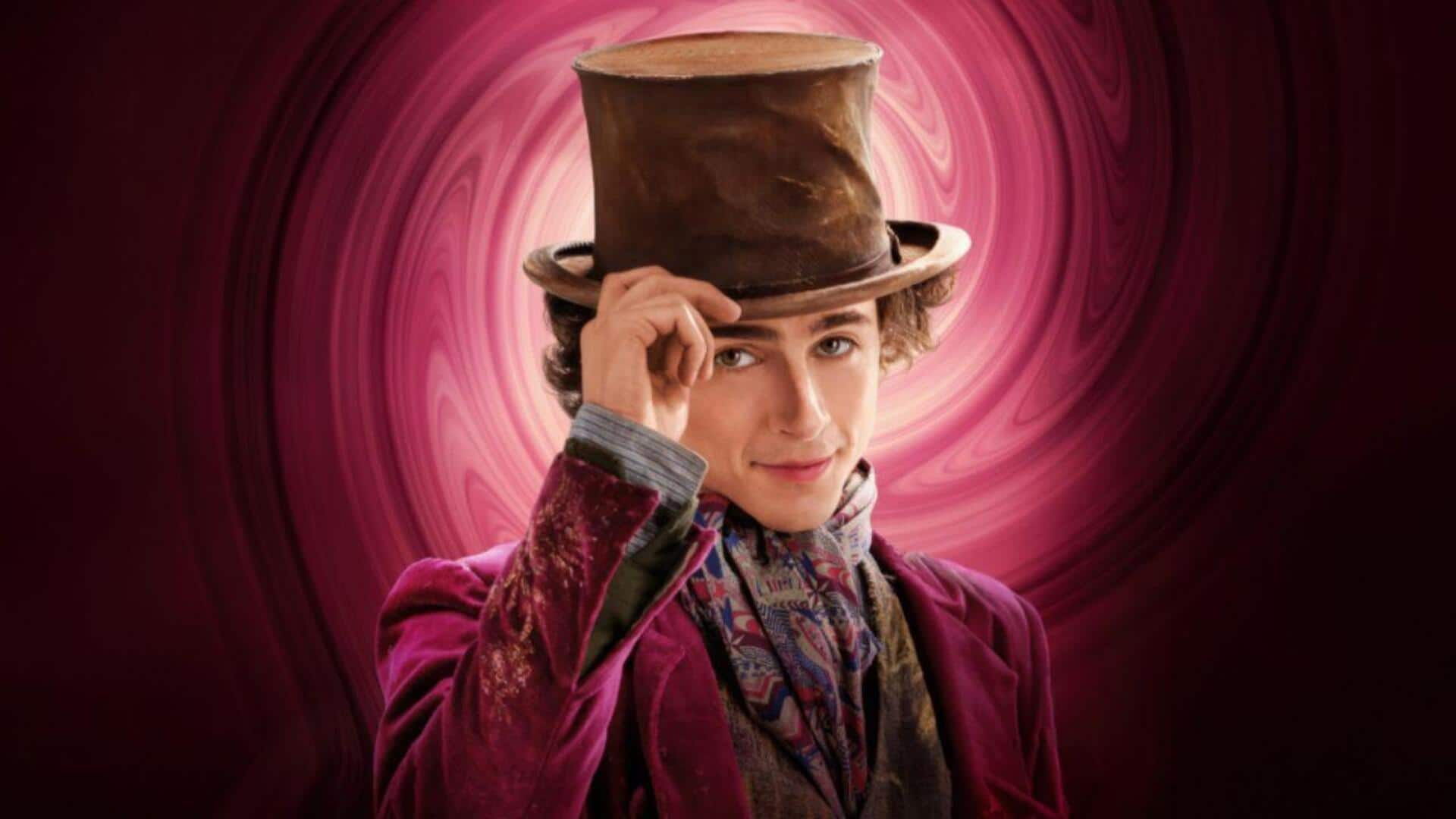
How Hollywood reimagined Willy Wonka across decades
What's the story
Willy Wonka has been one of the most fascinating characters in the US cinema, evolving through decades of adaptations. The eccentric chocolatier from Roald Dahl's book Charlie and the Chocolate Factory has been played by various actors, each giving their own spin to the character. Here's how Willy Wonka's character changed on screen, adapting to evolving cinematic style and audience expectations.
#1
Gene Wilder's iconic portrayal
It was Gene Wilder who first brought Willy Wonka to life in the 1971 film Willy Wonka & the Chocolate Factory. Wilder's portrayal was whimsical yet mysterious, and his unpredictability captured audiences. Wilder set a high bar for future adaptations, blending humor with an underlying sense of enigma. The film itself became a classic, remembered for its imaginative sets and memorable musical numbers.
#2
Johnny Depp's modern take
In 2005, Johnny Depp assumed the iconic role of Willy Wonka in Tim Burton's adaptation titled Charlie and the Chocolate Factory. Depp's rendition was a stark departure from Wilder's; it was more eccentric and quirky, in keeping with Burton's signature directorial style. This portrayal also delved deeper into Wonka's backstory, adding layers to his character that were absent in previous versions.
#3
Visual effects and cinematic techniques
With advancements in technology, newer adaptations have used sophisticated visual effects to enhance storytelling. The 2005 film showcased vibrant colors and intricate set designs, all made possible through digital effects. These techniques allowed filmmakers to create a more immersive experience for viewers, bringing Dahl's fantastical world to life like never before.
#4
Cultural impact over time
Willy Wonka stands to be one of the most enduring figures in popular culture, thanks to his eccentricities and memorable dialogue. Each version of the film has added something unique to the character's legacy; while Wilder's portrayal is timelessly charming, Depp's rendition introduced him to a new generation of viewers. The evolution of the character speaks volumes about trends in cinema, storytelling, and audience engagement.